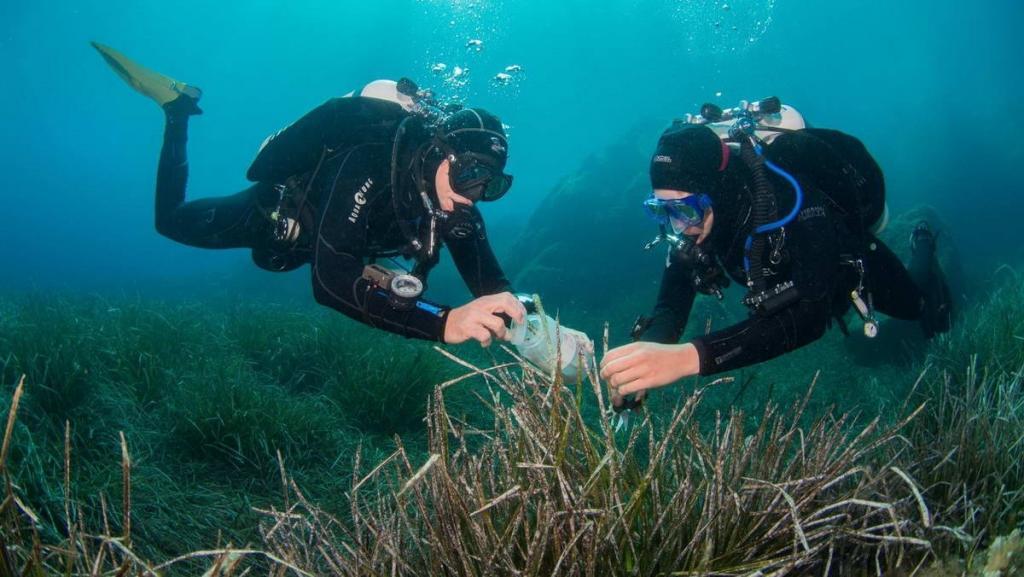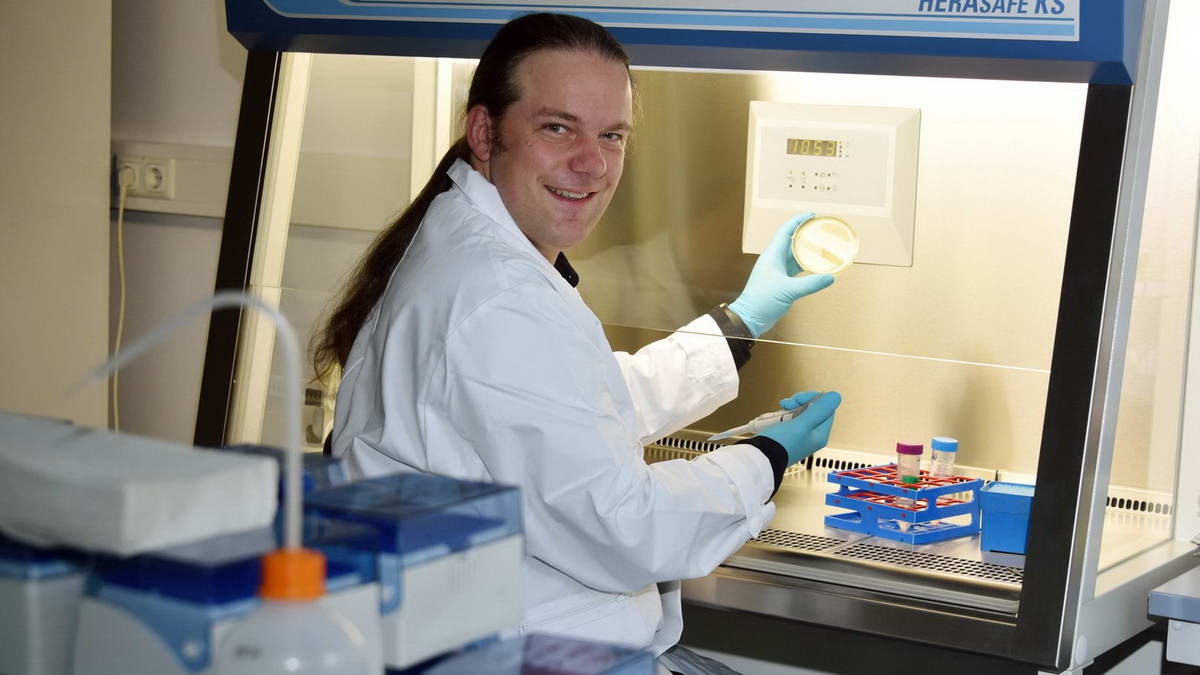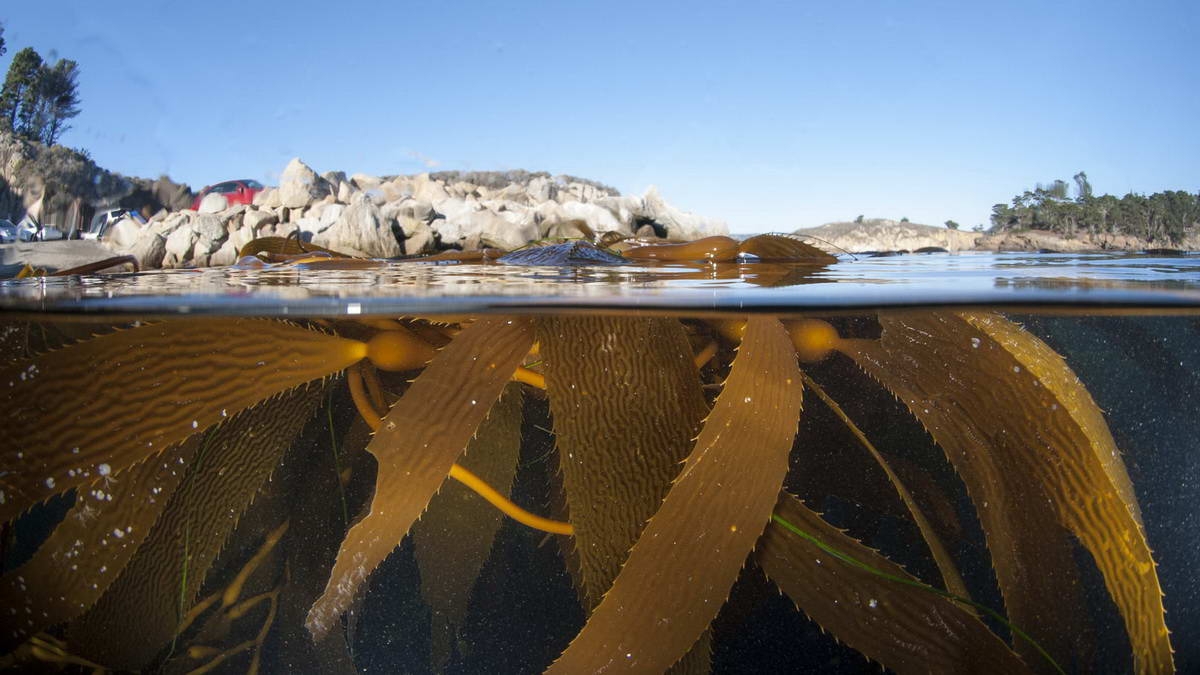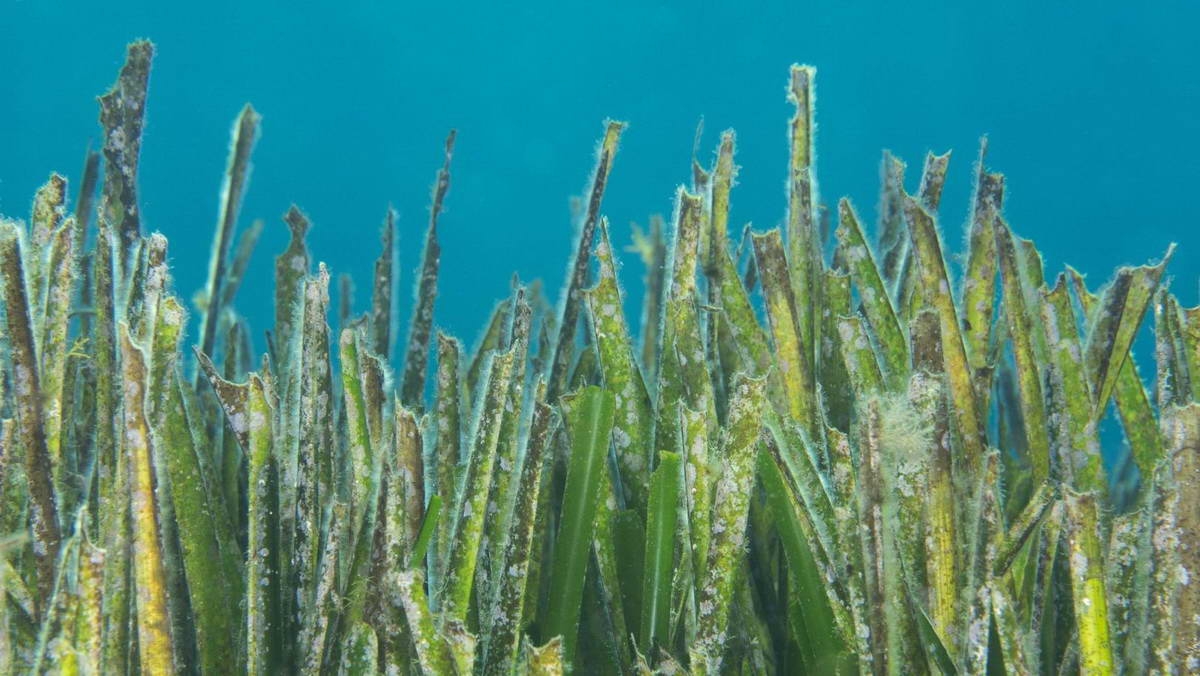Antibiotics from the sea
November 21, 2019 Research team opens up a source for new antibioticsThe team around Prof. dr. Christian Jogler from the Friedrich-Schiller-University Jena has succeeded in cultivating and functionally characterizing several dozen hitherto neglected marine bacteria in the laboratory, making them accessible to systematic screening. Initial analyzes and cell biological observations indicate a potential for the production of new antibiotics.
Almost three-quarters of all clinically relevant antibiotics are natural products - produced by bacteria. But the antibiotics available today are losing their effectiveness, more and more pathogens are resistant to them. New antibiotics are urgently needed. However, currently less than one percent of the known bacterial species are available for the drug search, the remaining 99 percent are considered "uncultivated" and are therefore hardly explored.
The ability to produce antibiotics is not evenly distributed among bacteria. "Above all, it can be found in microorganisms with complex ways of life, an unusual cell biology and large genomes", explains Prof. Dr. med. Christian Jogler. "Such organisms produce antibiotic compounds and use them in the fight for nutrients and habitats against other bacteria," the microbiologist continues. "Wherever such microbiological distribution struggles occur and nutrients are scarce - we assume this is a promising place to look for potential antibiotic producers."
This is exactly what Prof. Jogler and his team have done: with diving robots and scientific divers, they have searched for so-called Planctomycetes at a total of ten locations in the sea. "We know that Planctomycetes live in communities with other microorganisms, and compete with them for habitat and nutrients," says Jogler, explaining the reason that makes this group of bacteria interesting to researchers. From the samples from the Mediterranean, the North Sea, the Baltic Sea, the Black Sea, the Atlantic Ocean, the Pacific and the Arctic Ocean, scientists were able to bring a total of 79 new Planctomycetes into pure culture. "Together, these pure cultures make up 31 new genera and 65 new species," adds Dr. Sandra Wiegand, first author of the study.
To characterize the newly obtained pure cultures bioinformatic and microscopic methods were used. "The bioinformatics analysis was holistically designed. The results of these analyzes show that the newly discovered Planctomycetes have exceptionally complex lifestyles and the potential to produce new antibiotics," says Dr. Wiegand. Many aspects of their current work, according to the authors of the study, will be transferred to other potential antibiotic producers.



